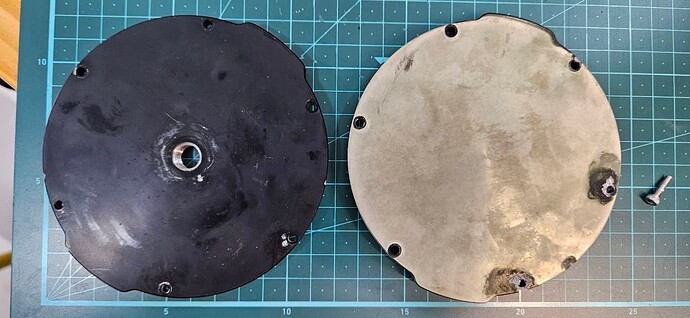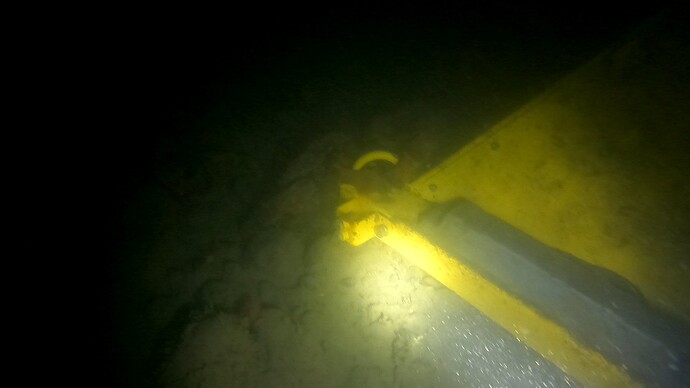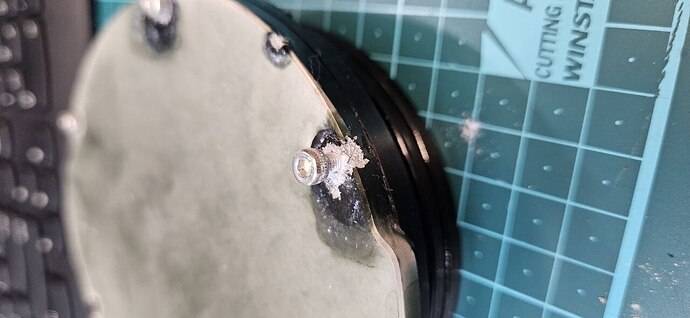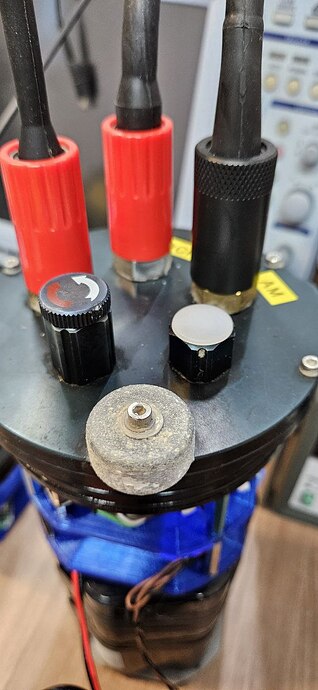Hello,
We are a marine technology company headquartered in South Korea. From February to May 2025, for approximately three months, we deployed a 4-inch x 300mm enclosure equipped with a lithium-ion battery in the Yellow Sea at a depth of approximately 28 meters. We would like to share our observations regarding the equipment’s condition and corrosion post-operation, along with some inquiries.
Deployment Overview
• Location: Yellow Sea, South Korea
• Depth: Approximately 28 meters
• Environmental Conditions:
o Gravel and mudflat terrain
o Significant tidal range and strong currents
Photo-Seabad
Post-Recovery Inspection Results
![]() End Cap with Connector
End Cap with Connector
• Appearance: Overall, the exterior maintained a clean condition.
• Surface: Only minor signs of wear or discoloration were present on the surface.
• Subconn Connector Interface: Corrosion was observed up to the O-ring seal.
• ![]() Photo ① – End Cap Comparison
Photo ① – End Cap Comparison
o Top: Connector end cap in good condition
o Bottom: Opposite end cap with observed corrosion
![]() Opposite End Cap
Opposite End Cap
• Anodizing Coating: Partially peeled off.
• Stainless Steel Bolt Fastening Area (using bolts included with purchase): Corrosion occurred, with 3 out of 6 bolts severely affected.
• ![]() Photo ② – Close-up of Bolt Area
Photo ② – Close-up of Bolt Area
o Localized corrosion and coating delamination were identified around the screw holes.
• ![]() Photo ③ – Detailed Anodizing Damage
Photo ③ – Detailed Anodizing Damage
o Clear signs of corrosion were visible on the areas where the black anodizing had peeled off and the exposed aluminum.
Corrosion-Related Inquiry
• The reason for the difference in condition between the two end caps is currently unclear.
• Galvanic corrosion between the aluminum housing and stainless steel bolts is a possible cause.
• Inquiry:
o Would the use of Tef-Gel anti-corrosion lubricant help prevent such corrosion in the future?
Material-Related Suggestion
Do you have any plans to release enclosures, end caps, or flange products utilizing PE (polyethylene) or engineering plastics in the future? We believe these materials could reduce corrosion risks during long-term marine deployment.
Future Operational Areas
The Republic of Korea is surrounded by the Yellow Sea, the South Sea, and the East Sea, each with distinct environmental characteristics. This test was conducted in the Yellow Sea, and we plan to share further results after additional deployments in the South Sea and East Sea.
All attached photos are real images taken immediately after recovery in May 2025.
We welcome any advice or opinions from manufacturers and users.



